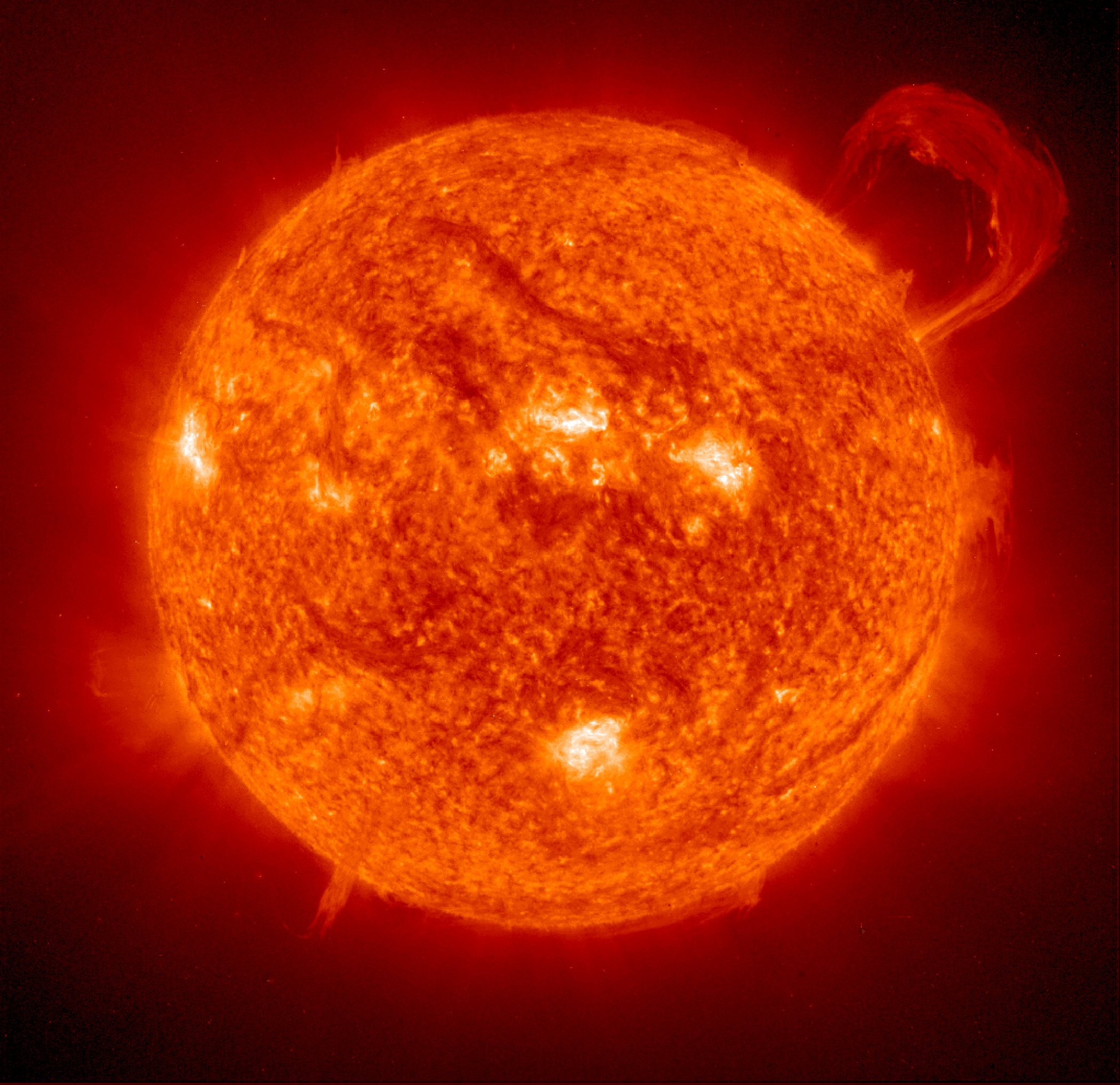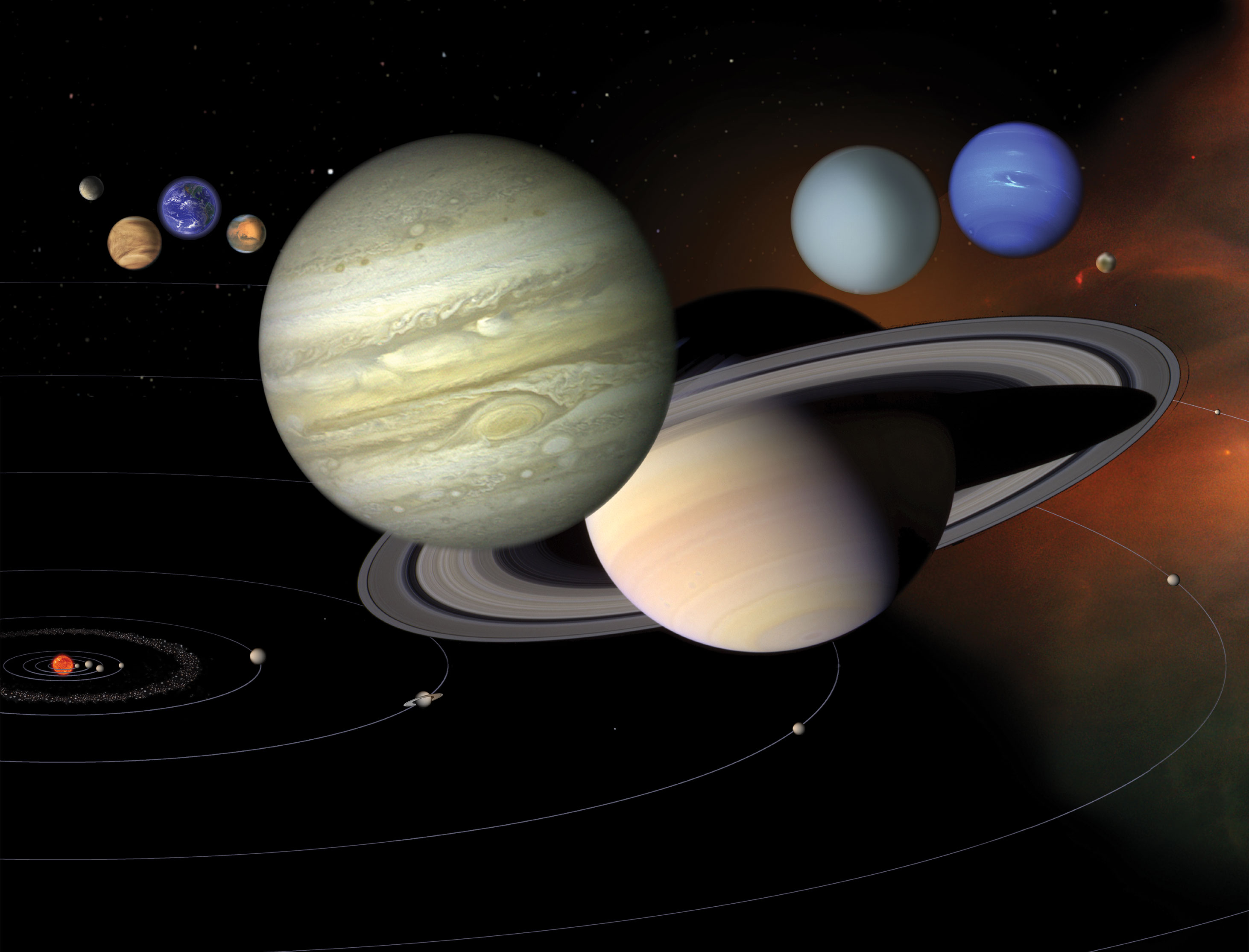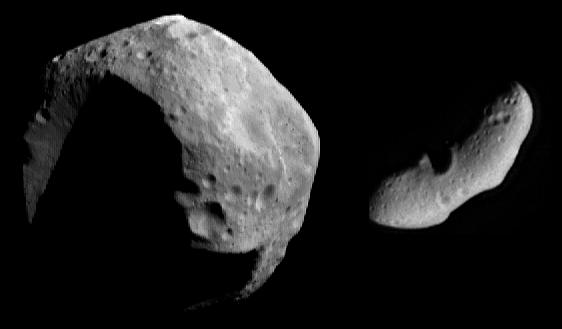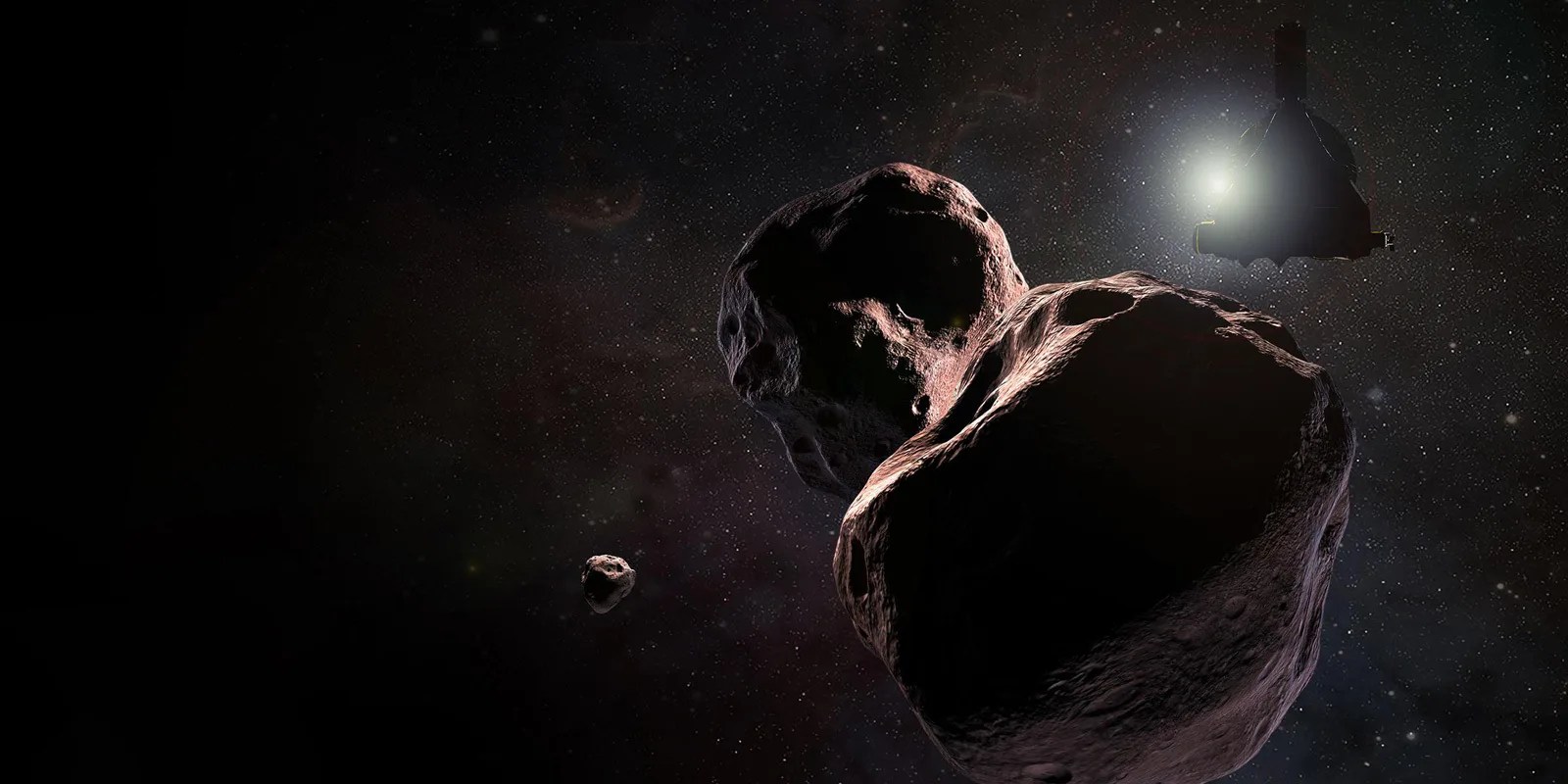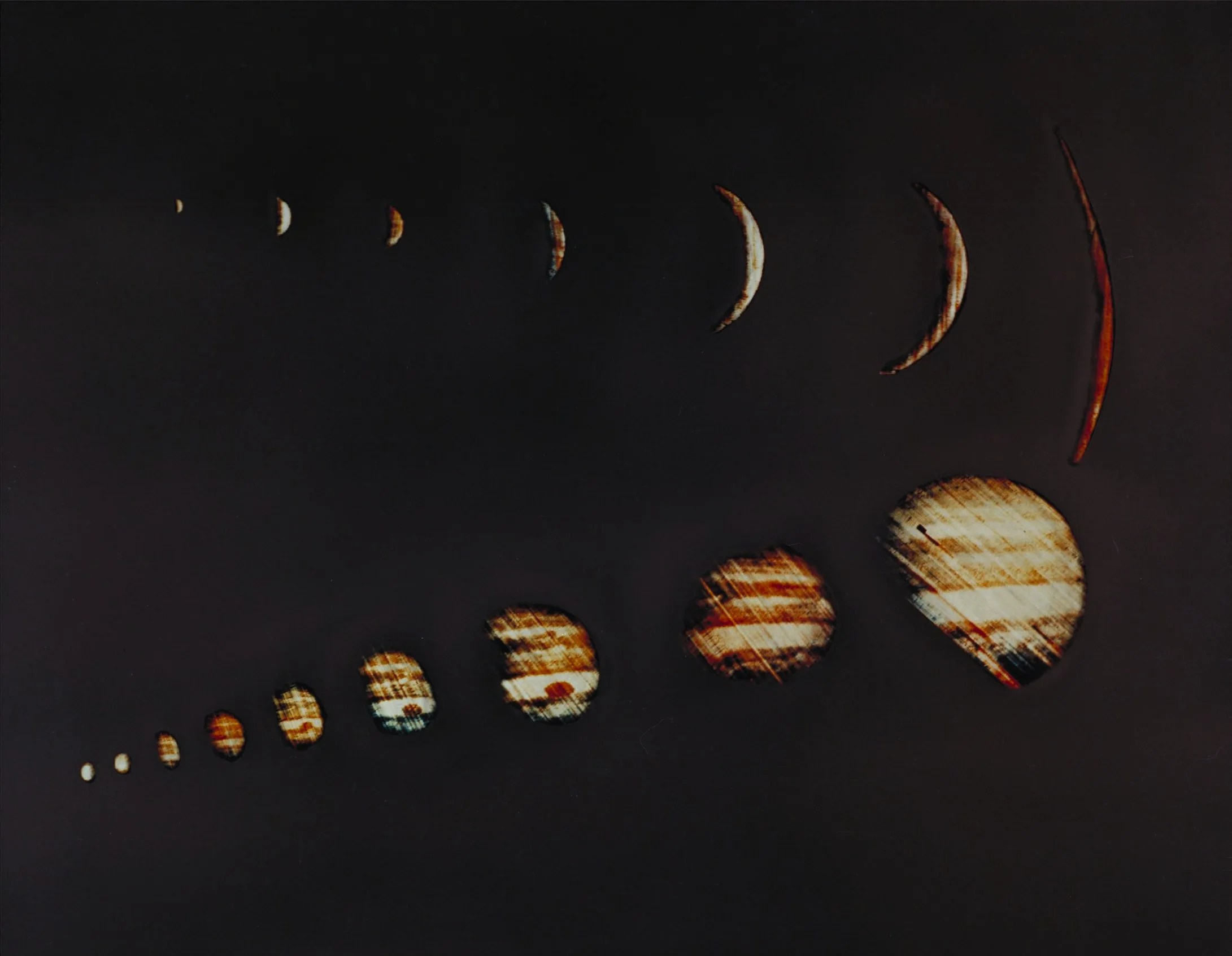
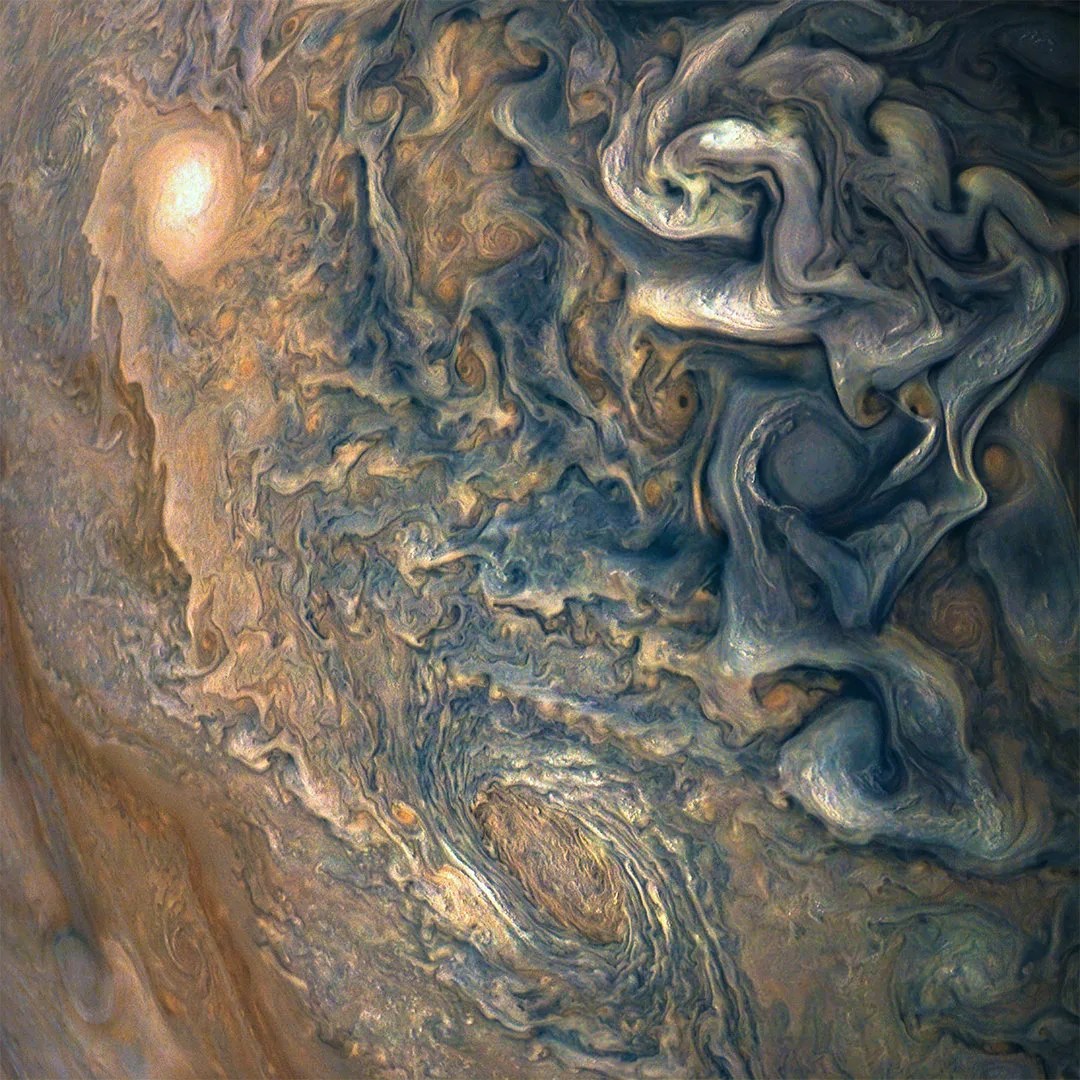
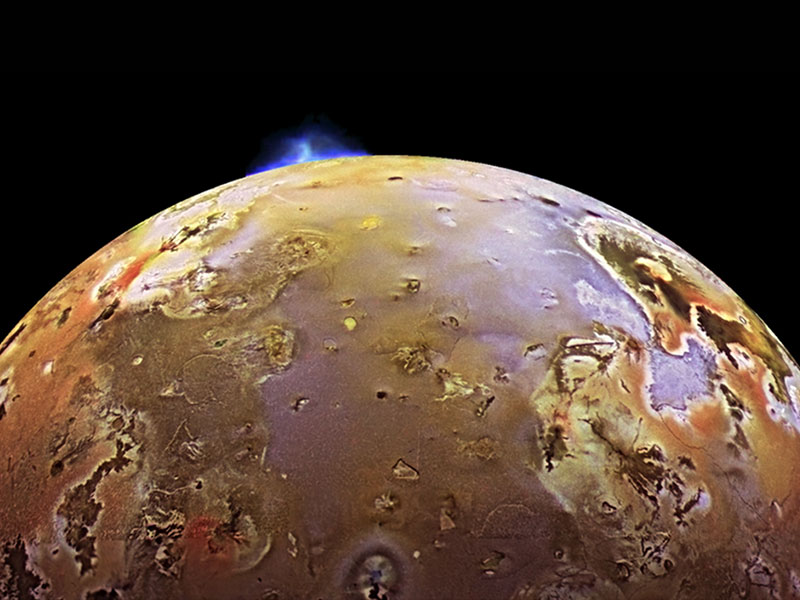
Jupiter Exploration
While Jupiter has been known since ancient times, the first detailed observations of this planet were made by Galileo Galilei in 1610 with a small telescope. More recently, this planet has been visited by passing spacecraft, orbiters and probes.
Pioneer 10 and 11 and Voyager 1 and 2 were the first to fly by Jupiter in the 1970s, and since then we’ve sent Galileo to orbit the gas giant and drop a probe into its atmosphere. Cassini took detailed photos of Jupiter on its way to neighboring Saturn, as did New Horizons on its quest for Pluto and the Kuiper Belt. NASA’s Juno spacecraft, which arrived in the Jovian system in July 2016, is currently studying the giant planet from orbit.
In orbit
Juno
Past missions
8
missions en route
Lucy & ESA's JUICE
Future Missions
Europa Clipper
Missions to Jupiter
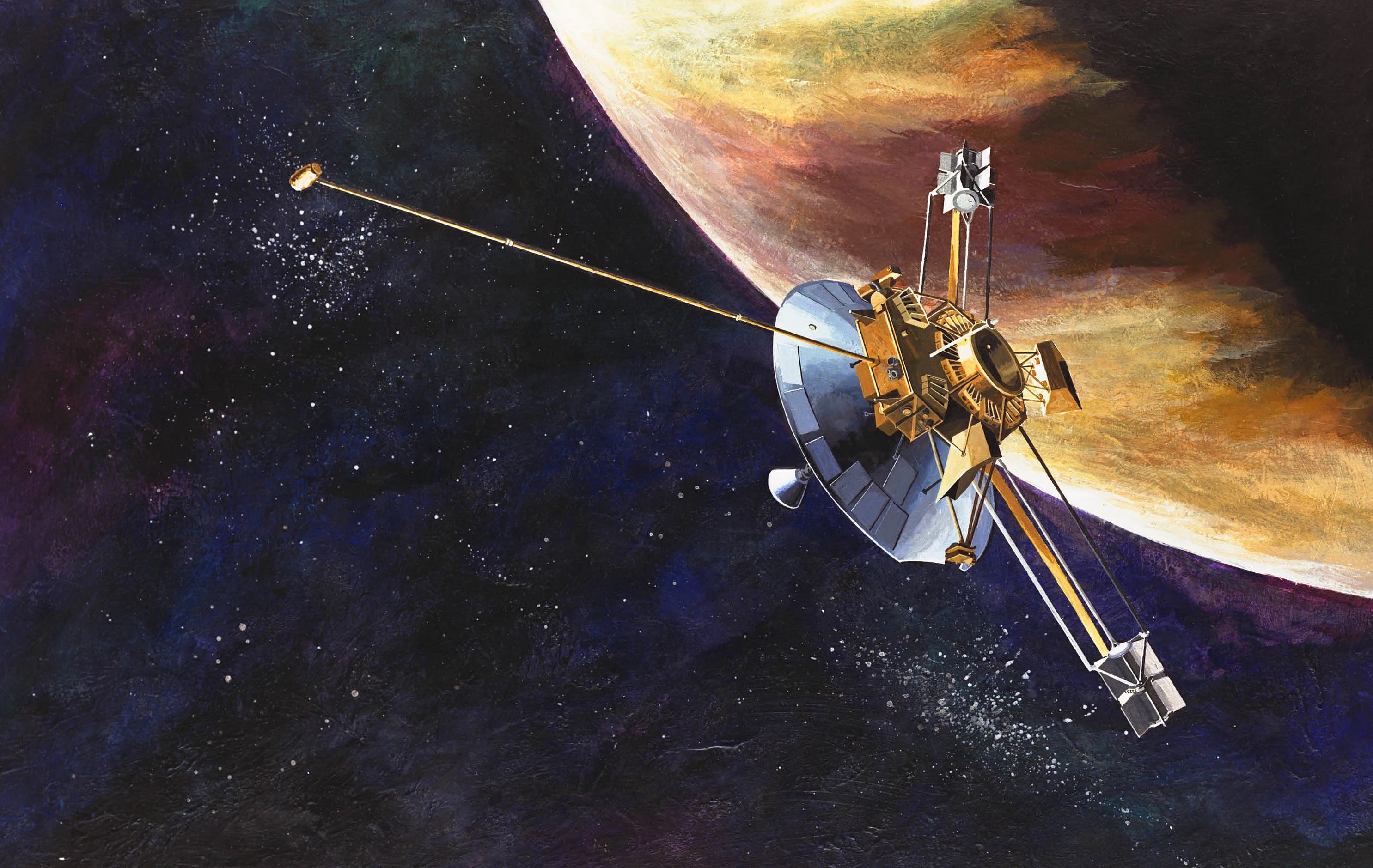
Pioneer 10
Pioneer 10 was designed as a 21-month mission to Jupiter, yet lasted more than 30 years.
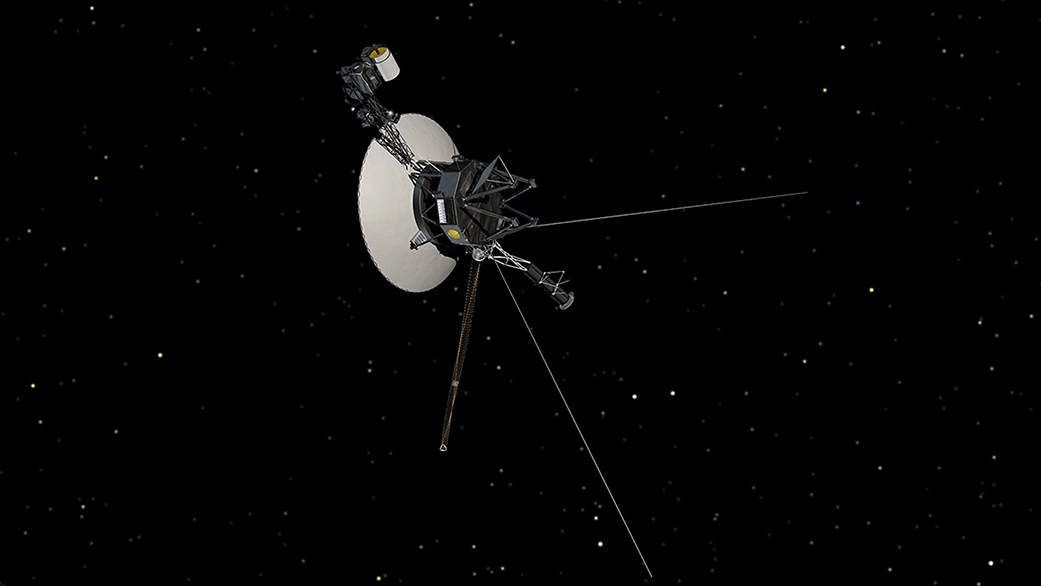
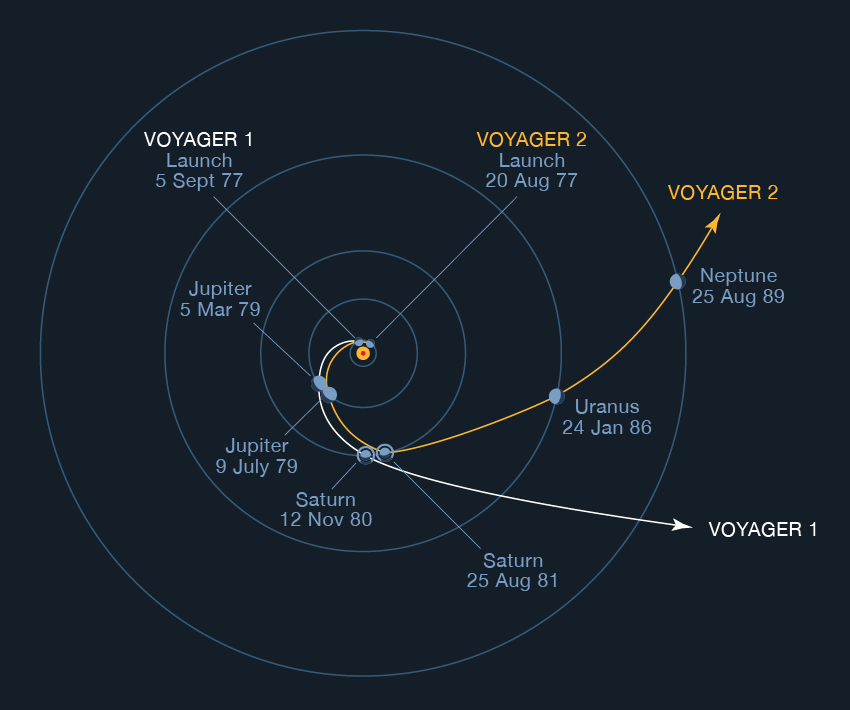
Voyager 2
Voyager 2 flew by Jupiter and returned spectacular photos and unprecedented data.

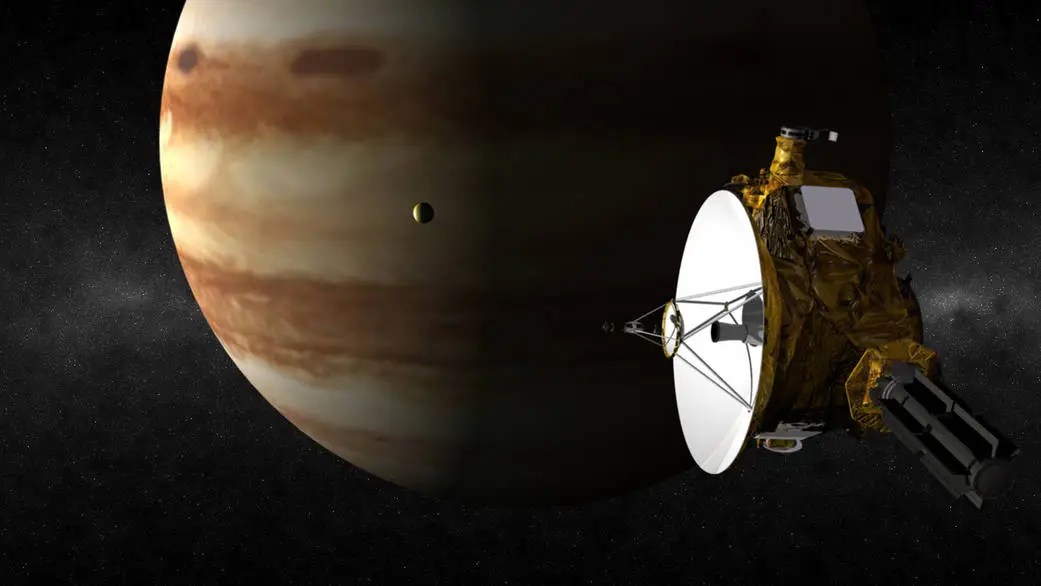
New Horizons
New Horizons captured impressive pictures of Jupiter's moons Io, Europa, and Ganymede.
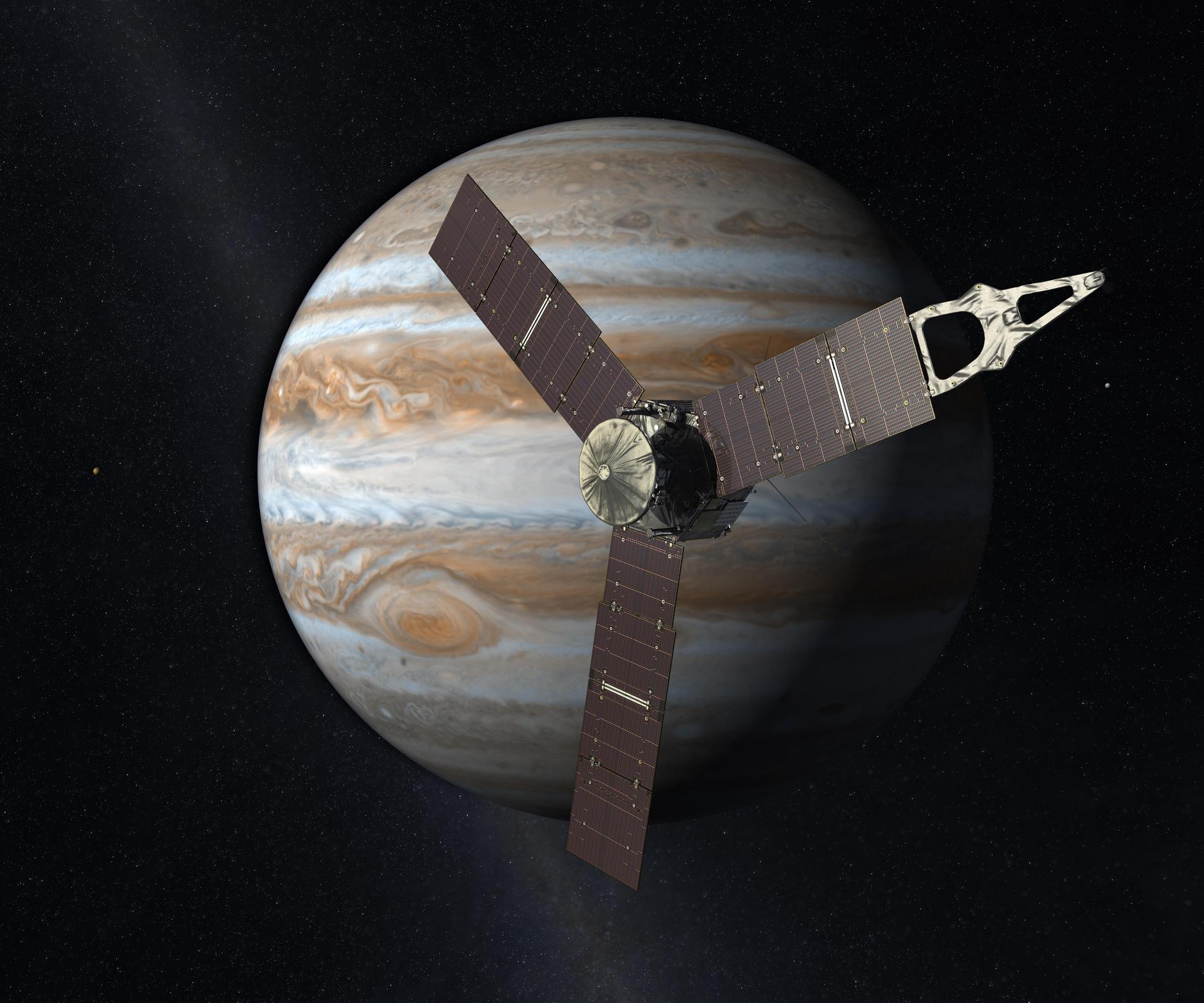
Juno
Juno is probing beneath Jupiter's dense clouds to answer questions about its origin and evolution
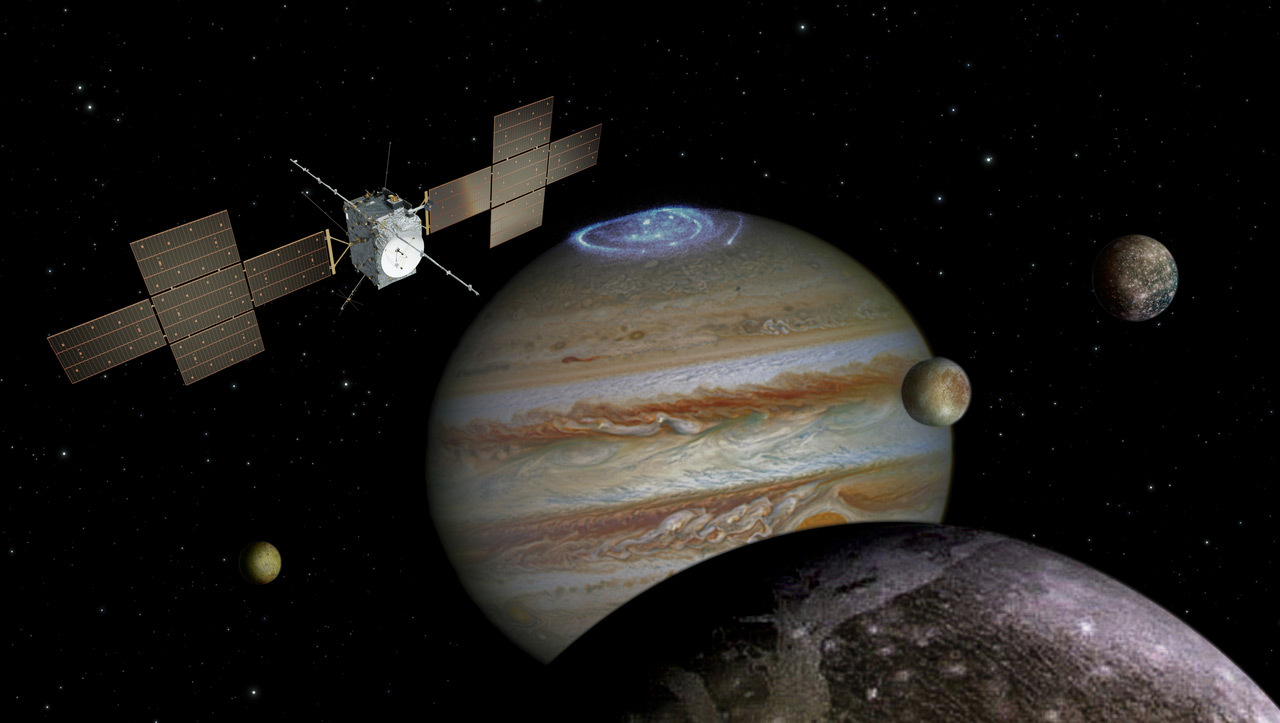
Juice
The Jupiter Icy Moons Explorer from ESA (European Space Agency), is en route to study Jupiter and its three large ocean-bearing moons – Ganymede, Callisto and Europa.
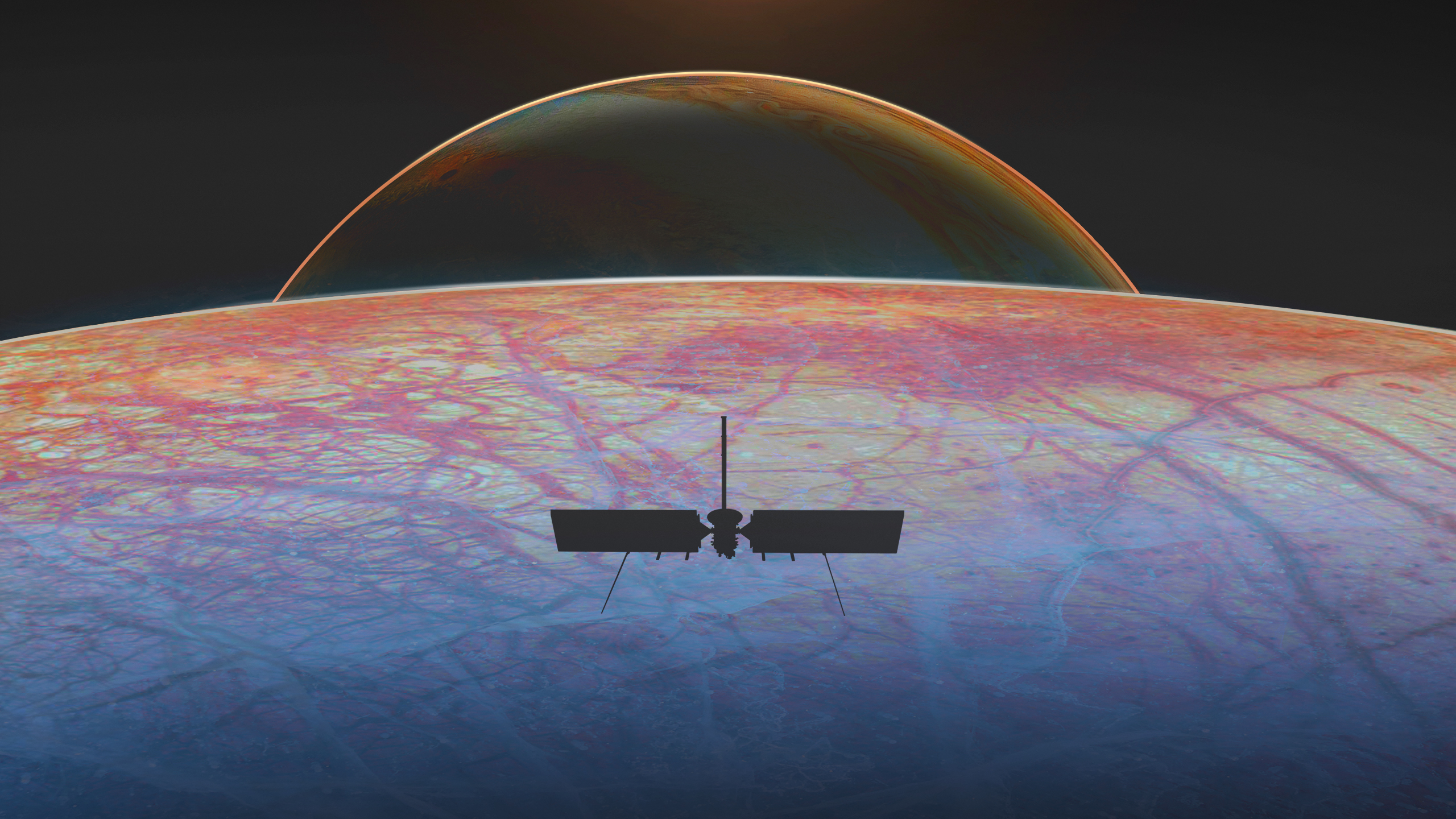
Europa Clipper
A NASA mission to visit Europa in 2030 to see if the moon's sub-surface ocean has conditions suitable to support life.
Launch Date | Spacecraft | Nation | Type | Outcome |
Mar 3, 1973 | USA | Flyby | Success - First | |
Apr 5, 1973 | USA | Flyby | Success | |
Sep 5, 1977 | USA | Flyby | Success | |
Aug 20, 1977 | USA | Flyby | Success | |
Oct 18, 1989 | USA | Orbiter | Success | |
Oct. 6, 1990 | International | Flyby | Success | |
Oct 15, 1997 | USA | Flyby | Success | |
Jan 19, 2006 | USA | Flyby | Success | |
Aug. 5, 2011 | USA | Orbiter | Success |

